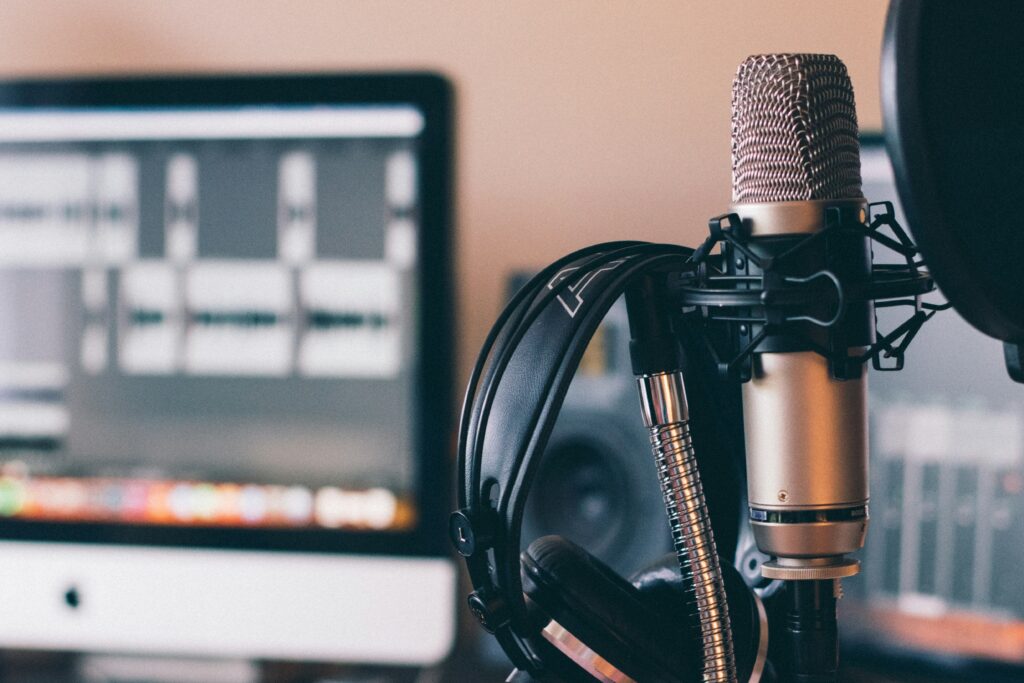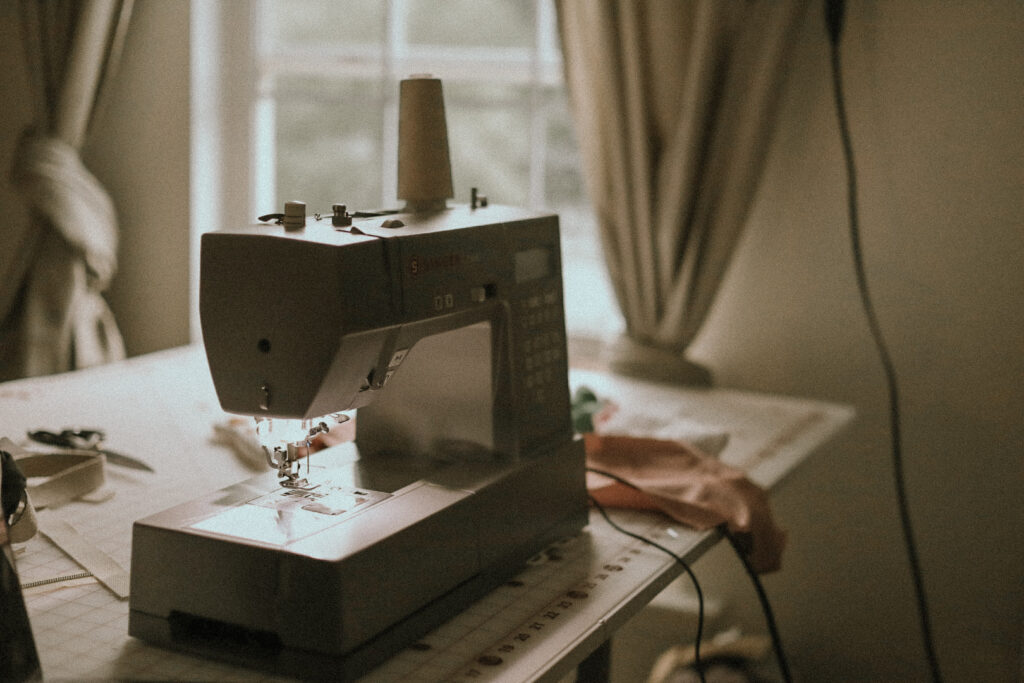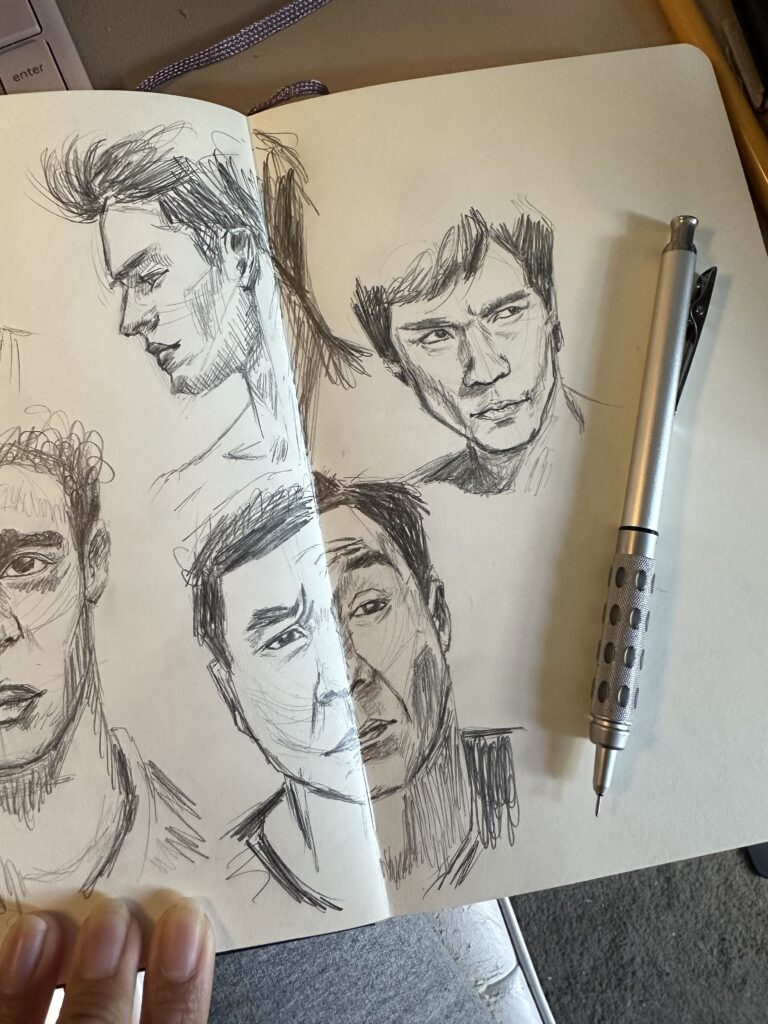“It’s too late to start.”
“I’m too old now.”
“I should have started when I was a kid.”
I often hear people express regret for things they wish they’d done, or learned sooner.
This has always been mind-boggling to me. I don’t mean to sound judgmental, but it all sounds like a bunch of excuses.
For me, as long as you’re alive, you have time. Now is as good a time as any to start learning something new- no matter your age or status in life.
I’m a big proponent of small steps. Even if I spend only 5 minutes a day on a new skill, to me that’s progress. It leaves me no excuse to not do it- I can squeeze in 5 minutes on any given day.
In this day and age we have information right at our fingertips. With our small devices, we can search videos, online articles, or ebooks to learn something new, often for free.
Our local library is also a fantastic resource. It’ll never get old! I myself love going into libraries, and the thought of being able to read books to learn things for free gets me so giddy.
Here are some new skills you can take up and learn on your own, just like I did, most of them later in my life! Feel free to skip to the skills that interest you.
Disclaimer: This post may contain affiliate links. If you make a purchase through these links, I may earn a small commission at no extra cost to you. Thank you for supporting my blog!
1. Learn how to sing

If you know Filipino households and family gatherings, then you know how karaoke is life.
I grew up in a culture that hones, celebrates, and rewards vocal talents. We grew up going to local talent shows to watch kids my age perform on stage. I always dreamed to be able to sing like them.
My dad was an amazing singer. Not professionally, of course, but he often sang at home. He would also get invited by neighbors to their party so he could sing karaoke for them the crowd favorite: My Way by Frank Sinatra.
Totally not being biased, but my dad raised hairs when he sang that song along with others like it. He genuinely sounded like Matt Monro and Frank Sinatra. The man had some pipes.
My family loved music. I was always shy as a kid, so when I sang it was quiet and came from my chest instead of my diaphragm. And I only sang in the “shower”.
It wasn’t until I was in my early twenties when I became involved in church, that I discovered I could sing. Like, sing, sing.
While sure, I can attribute some of it to “talent” that I probably inherited from my father, it was actually my dedication to practice that got it out of me and eventually got me on stage.
[PS: If you haven’t read it yet, I wrote about my experience when I lived in a church and why I left here.]
How to improve your singing:
- Practice breathing exercises: This is arguably the most important part in singing. Without adequate air in your lungs, it is impossible to hit higher notes, project your voice, and just know your full range. This also applies in speech. If you’re new to breath work, you can simply start with “box breathing”. Inhale fully for 4 seconds, hold it for another 4, exhale slowly for 4, and hold it at the bottom for another 4. Repeat as many times as you can or want. When you inhale, imagine the air going all the way down as your stomach expands, and contracts when you breathe out.
- Practice vocal exercises: These might seem really silly at first, but they’re just as vital. Just like exercising, your vocal cords need to warm up before you use it at full power. You can look up videos on YouTube for different vocal exercises. I started with saying “Mi-Ma-Mo-Mu” and “Ma-Pa-Ta-Sa” (thanks to Vanessa Van Edwards!) while exaggerating my mouth movement to loosen up my facial muscles. Tongue-twisters are also great.
- Practice singing! It goes without saying, but the only way to get better is to practice.
2. Learn to play an instrument

This is probably one of those things most of us wish we did. When I was growing up, along with wishing I could sing like those in the talent shows, I also wished I could play the guitar.
Being as involved in the church music ministry as I was, I was constantly surrounded by musicians. Now that I learned how to sing, I got curious about learning to play the guitar.
When I set off to learn, fortunately I didn’t have to buy a guitar: the church had some available for me to practice on.
I asked the other members (they were even younger! I was 21) to teach me the very basic chords, and then I played those over and over until my fingers hurt.
Eventually, I’ve been able to play my favorite songs, record myself and post my “covers” on Facebook. I’ve also been able to perform on stage at church. It was always nerve-racking, but also fulfilling to be able to do something I only dreamed before, all because I decided I wasn’t too old to learn it.
How to learn to play guitar:
- Learn the basic chords. I wouldn’t even worry about learning to read notes at this point. I still don’t- haha. With these basic chords, you can play most songs! G, D, Em, C, A, and Am. I started with these 6 chords and practiced transitioning between them, over and over. While I am primarily a hands-on learner, in this case it was important to “see” the shapes in pictures too. You can look these up on Google.
- Practice different strumming techniques. In my personal experience, there was no other way to practice this than actually playing a song. I would pick songs that I love, look up the chords, and then practice along with the song. If you’ve got rhythm (I hope you do! haha), the strumming comes naturally as you play along. It’s hard to explain, but it’s one of those things you just have to do, like driving or riding a bike. Ed Sheeran and Colbie Caillat songs often use these simple chords. I highly recommend Ultimate Guitar. They have free guitar chords for just about any song you can think of. I’m not sponsored or anything, I just love them. They allow you to choose a “simplified” version in case the original chords are a bit more complicated, play along with the music playing right on the screen, and adjust the speed of the auto-scroll so you can be totally hands free while you play. It’s awesome.
3. Learn how to sew

Growing up in the Philippines, home economics was one of the core subjects in school. So I learned how to sew by hand in elementary school. But I’d never learned how to use a sewing machine.
Then here I was, married, just had my second kid, 31 years old, and decided that I wanted to learn how to sew children’s clothing.
Yes, there was a steep learning curve, but learning was free! I took advantage of YouTube and watched every tutorial I could find.
Before long, I launched a small business making neutral children’s clothing. I have since pivoted that business to making bags, which I also learned only recently, but all of this became possible because I got curious and took it upon myself to learn to sew at 31 years old!
How to learn to sew:
- Learn the basics of a sewing machine. There is no need to start out with fancy sewing machines. My first one was a Singer M1500. Super beginner friendly. All sewing machines have these main parts: needle, pressure foot, feed dogs, hand wheel, bobbin, thread pin, and reverse lever. Learn the function of each, and also how to set them up and trouble shoot, and you are good to start.
- Learn key sewing pattern terms. I learned this along the way while following sewing instructions, but it would help to familiarize yourself with key terms before hand. These include seam allowance, grainline, notches, bias, and darts. Some beginner sewing patterns/instructions include a glossary, which is awesome.
- Practice sewing with simple projects. This is something I wish I did when first starting out. I got way too excited that I went on Etsy and bought every pattern my algorithm fed me, from baby onesies to jumpsuits, and buttoned dresses to baby boots! This was what made my learning curve super steep; I started with sewing projects made for intermediate to advanced level sewing. I’d recommend starting with things like tote bags, pillow cases, simple skirt.
4. Learn to draw/paint

I don’t remember how it really started as I have been drawing since I was little, but just like everything else in life, without practice, you don’t really get better at anything.
While I’ve always known how to draw, my skills didn’t take off until I dedicated to learn more and practice at 30. As a result, I’ve since launched an art business and sell my paintings online and join in-person art exhibits. The amazing thing is, I am not finished learning! I’m still improving skills I am weaker at. You can do this too! You don’t even need to turn your new skills into a business; even having it as a hobby should make you feel fulfilled.
Check out your local library or arts organizations. They often offer classes for any type of art, whether drawing, painting, ceramics, photography, or poetry, for free or for a fee. Otherwise, YouTube is always a great place to start. There are so many free tutorials on YouTube that I would judge you harshly (kidding) if you aren’t learning anything new on YouTube!
How to improve your drawing/painting:
- Fill a sketchbook. Filling a dedicated sketchbook for your practice is great motivation to practice daily!
- Join or create your own daily challenge. When I first decided to get serious on improving my art, I joined art challenges on Instagram. There are so many. Inktober is always a great place to start. They have awesome prompts you can follow or pick and choose ones you like. But you can also search for a specific theme and join those. Some of my favorite themes are animals, fall season, waterscapes, and flowers.
- Draw from life. Drawing from reference photos is great and convenient, but there’s nothing quite like drawing something you see in front of you. Drawing/painting a 3D subject trains your eyes to transfer depth, shadows, highlights, perspective into 2D. If you ever get a chance, try a live figure drawing. Anatomy is one of my weaker points, so I try to join these as often as my time and budget will allow. If nothing else, draw your cat, your husband, a vase, or go out to the park and draw buildings and trees.
5. Learn a new language

Nothing can quite compare to the empowering feeling of knowing more than one language. I understand that not everyone may have the aptitude, but I truly want you to just try!
I grew up bilingual, so this may be coming from that biased perspective, but I think you should try learning another language. Whether it’s your second, third, even fifth.
Like I said, I grew up in the Philippines so my native tongue is Tagalog, but English is our second language so I’ve been learning it in school since kindergarten. Then I went to train professionally for 2 additional languages for work.
My empowerment today though, comes from learning another language all on my own, Italian! My dream language to learn is French, but my ultimate dream place to visit (even live!) is Italy. So it made sense to start there.
As of writing this today, 20 August 2025, I am on my 219th day learning streak on Duolingo. I can’t believe I’ve made it this far to be honest with you. But in 219 days, I’ve learned hundreds of words, can order food at a cafe or restaurant, describe my job and family, and it’ll only expand the longer I learn!
The next goal is to actually use the language in-country, but until then, I will continue learning on Duo. The best part is, it’s free! If you haven’t already noticed, I love free haha. Of course they have paid versions, but I’m telling you the free version is enough to get you started.
I think this is a great place to end. These aren’t even everything I’ve taught myself over the years. There is also gardening, building furniture, photography, dancing (Salsa, anyone?!), cooking, baking, coding! This isn’t meant to be bragging, but it is to inspire you to become a lifelong student.
I think the world has a wealth of knowledge, so why wouldn’t we want to learn as much as we can while we are on earth?
Learning something new also keeps our brain active and healthy, which should be one of our priorities especially as we age.
Who cares if you get branded “jack of all trades, master of none”? Did you know the last part of that phrase? It’s “…but oftentimes better than a master of one.”
With so much information at our fingertips, let us skip the mindless scrolling and use that time to pick a skill we want to learn, and dive in.
So tell me, did anything on this list inspire you to learn? If so, which one? If not, what skill are you going to teach yourself? Let me know in the comments.



love this! I’ve taught myself how to bake and I love how good it makes me feel 🙂